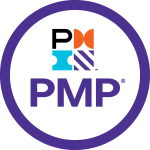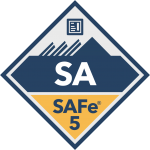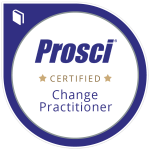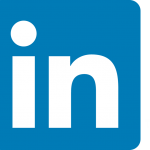Execution through Processes, Projects and Communities

Focusing on execution, we touch on each common organizing concepts in the following sections: Process; Project (program and project management); Community (purpose, practice and interest). We also quickly discuss the role of organization, followed by what is best organizing concept (considering sponsorship and breadth of collaboration)
Agile Framework for Go-to-Market Execution

We begin by considering the tatical and strategic work to be accomplished within the enterprise. Next up is leadership activity, followed by the architecture of participation (guidance, interactions and routines) of how we manage and work. Agile requires people-enabled network, with different skills and organization; but structure is not organization.
A Management Renaissance- Innovating for the knowledge-age
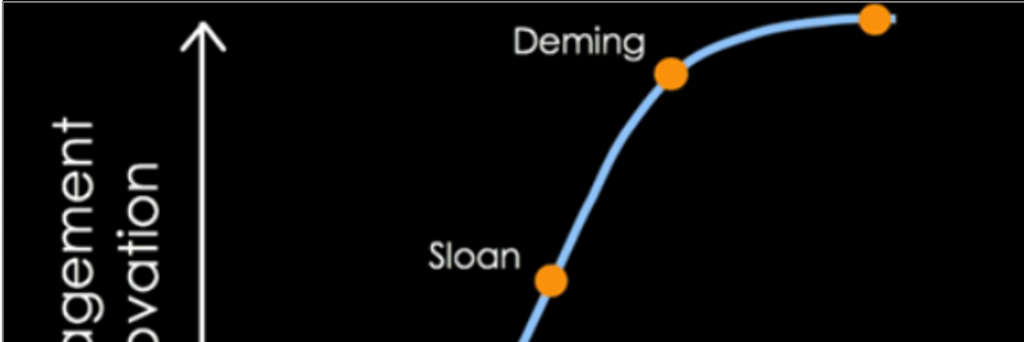
Managing in the knowledge-age requires a management renaissance based on a number of observations, including: 1) traditional management tools have become a commodity; and, 2) for our knowledge-worker workforce, emerging social tools eliminate barriers to collaboration and facilitate innovation.
Can Social Media Drive Enterprise Change?

We explore social media inside-the-organization’s impact on the enterprise through its ability to drive business outcomes. “Adoption requires business relevance” Our research considers its importance from multiple perspectives and sources.
Rapid Assessment Tool

“This multi-level assessment tool can very rapidly provide a picture for leadership from different perspectives, including any misalignment between positional and/or functional groups. Results can be viewed in the aggregate or from any combination of demographic splits.”
Risk Management

As risk is endemic to business, we can never eliminate risk, but we can identify and manage risk through 5 generic approaches to quantified risk: avoid, transfer, mitigate, manage and accept. For project management a convenient frame is to consider the “iron triangle” dimensions (e.g., scope, schedule, cost) as drivers of project risk.
Determine what is most important with the Rapid Assessment Framework
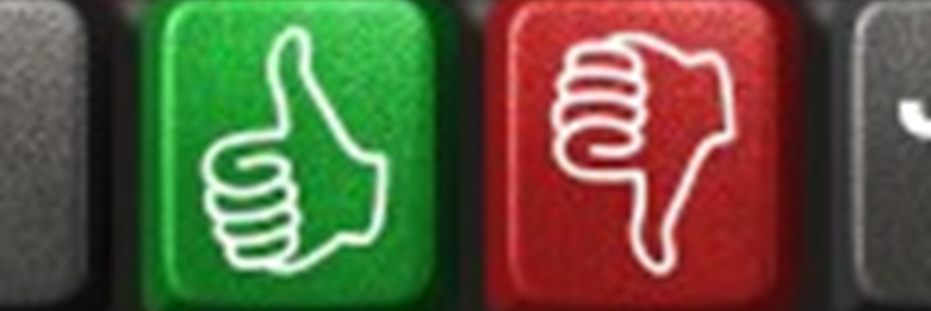
We have developed an objective “root cause” approach to assess enterprise health against a prioritized short-list of 89 critical dimensions each with 4 observable behaviors organized into 14 elements utilizing a browser-based polling/survey technology. The tool is editable for language- and industry-specific vocabulary.
Responsibility Mapping

This article is a perennial favorite of our site’s visitors. Crisply defined and reinforced roles and responsibilities increase focus, integration and performance. The article defines generic roles for projects, processes, decisions, etc. RACI Framework of: Responsible (the doers); Accountable (the buck stops here); Consult before (see me first); and Inform after (keep me in the loop).
Stakeholder Analysis- A Swiss Army Knife for Managers
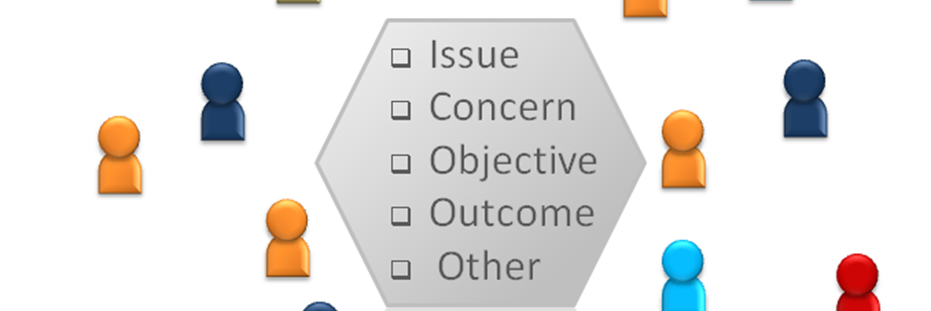
Stakeholder analysis is a great tool to ensure a comprehensive review of those with a stake (e.g., why they care) in those things ranging from the the simple to the complex. We advocate you look for ways to group those with similar-enough needs and preferences, or as the marketers would say segmenting the stakeholders.
Enterprise View: Collaboration & The Directed Community

During a dicusssion on “how to” best represent collaboration, one of my colleagues simplified the problem as “It’s not about the direction of the information flow, it’s about the number of contributors and the number of information consumers.” So, we began to analyze collaboration as writers (contributors) and readers (information consumers).

